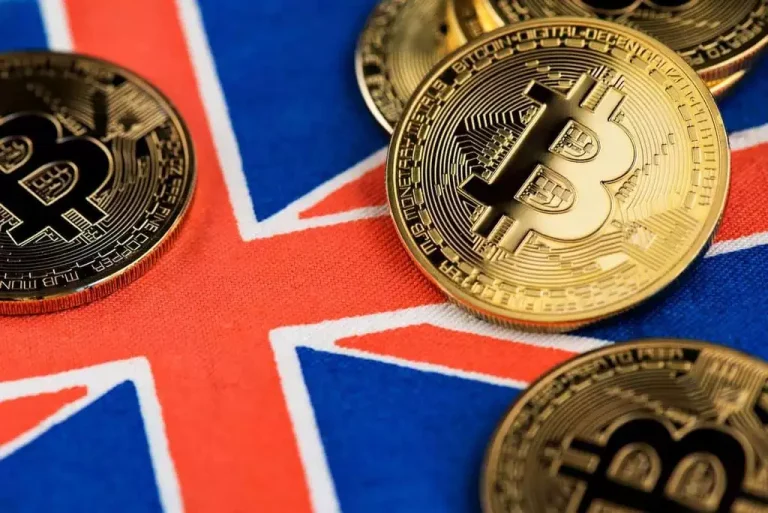Whats the difference between crypto coins and tokens?
Content
Put what is the difference between token vs cryptocurrency simply, they are both currencies using blockchain technology at their base. While fundamentally, these tokens can be categorized as utility tokens due to their function on a private blockchain, their distinct purpose sets them apart. Unlike typical utility tokens that might be used to access services or functions within a blockchain, governance tokens embed their holders into the decision-making process of the network. This participatory role is especially vital in DAOs, decentralized entities that run through pre-set rules and without centralized control, ensuring decisions are made collectively. Another term that pops up when discussing cryptocurrencies, is “altcoins”. The term came into being to describe any cryptocurrency that is an alternative to Bitcoin, and includes coins or tokens.
Millions Lost to Cryptocurrency Scams: How Asian Investors Face Gi…
Cross-Chain Tokens – Cross-chain tokens, or interoperable tokens, enable value transfer between different blockchain networks. These tokens facilitate cross-chain communication, allowing assets to be transferred seamlessly across multiple platforms. Proof-of-Stake Coins – Proof-of-stake coins rely https://www.xcritical.com/ on the concept of staking to secure the network and validate transactions.
Types of Altcoins and Their Use Cases

Dogecoin has achieved cult status among the global crypto community due to its rapid rise to fame and endorsements by Elon Musk. It is the first crypto coin to have emerged from an Internet meme but has since earned a reputation as Decentralized autonomous organization a “tipping” currency. Users started tipping content creators on Twitch and YouTube instantly using Dogecoins instead of valueless upvotes, likes, and re-tweets. Its ability to facilitate the development of various applications and its vibrant ecosystem make it a favorite among developers and investors. While Bitcoin’s impressive price escalations have rendered lucrative outcomes for many an investor, there’s an equally enthusiastic cohort that delves into altcoin markets in the pursuit of outsized returns.
Dive Into the World of Altcoins
Here is the list of different types of altcoins, their features, and their impact on the crypto ecosystem. These rankings can fluctuate, of course, as each currency mines new coins and the price of the currency moves up or down, often with significant volatility. Learn more about coins and tokens in our beginner-friendly course “Introduction to cryptocurrencies”.
- For one, utility tokens are typically not considered securities and are therefore subject to less stringent regulations.
- Although some altcoin projects share similarities with Bitcoin, many are altogether different in various ways from their consensus mechanism, to use case, or a combination of both.
- Altcoin prices could increase significantly if they become widely accepted.
- You should not construe any such information or other material as legal, tax, investment, financial, cybersecurity, or other advice.
- Investing in virtual currency has produced jaw-dropping returns for some, but the field still presents risks.
Its underlying infrastructure relies on a distinctive combination of hybrid proof-of-stake and proof-of-history mechanisms, facilitating swift and secure transaction processing. Detractors of Ethereum often highlight the issue of high transaction fees. First and foremost, you must analyze the altcoin’s market capitalization. It indicates a cryptocurrency’s overall value and can be used to gauge its stability and development potential. Altcoins with a larger market capitalization are often more established and less prone to excessive volatility.
This method emphasizes coin ownership and reduces the environmental impact, primarily because it doesn’t rely on energy-consuming puzzles. Most altcoins are developed in the likeness of Bitcoin with a similar framework. The limited supply is what creates demand and reinforces the sense of value.
Any estimates based on past performance do not a guarantee future performance, and prior to making any investment you should discuss your specific investment needs or seek advice from a qualified professional. By carefully evaluating these aspects, you can make more informed decisions and select altcoins that align with your investment strategy and risk tolerance. Lastly, understand the regulatory environment of the altcoin, as legal challenges can significantly impact its future. A well-structured whitepaper should clearly outline the token’s purpose, the team’s expertise, the token’s utility and potential use cases, the project’s roadmap, and its market viability.

This blockchain ecosystem and cryptocurrency trading platform support decentralized applications and smart contracts, similar to Ethereum. Its native cryptocurrency, BNB, is used to pay gas fees on the Binance blockchain and to receive discounts on trading fees on the Centralized Exchange. BNB has a market cap of approximately 39 billion dollars and a high daily trading volume. The purpose of a digital payment cryptocurrency is simply as a peer-to-peer electronic cash to facilitate transactions. Generally speaking, this sort of cryptocurrency has a dedicated blockchain that only supports its purpose as a medium of exchange. The blockchain that this sort of cryptocurrency is built upon generally is not designed to run smart contracts as speed and low transaction costs would be favored in this sort of digital asset.
The offers that appear on this site are from companies that compensate us. But this compensation does not influence the information we publish, or the reviews that you see on this site. We do not include the universe of companies or financial offers that may be available to you. The community’s support and activity are also important, especially since many blockchain networks rely on the integrity of the participants who mine, stake, and verify the blocks. All these factors impact the effectiveness of the altcoin, its functionality, and the limitations participants have over the network and the coin’s future. Examples of stablecoins include USD Coin (USDC), Gemini Dollar (GUSD), and Tether (USDT).

Much like the 19th-century landscape, the sheer number and variety present both opportunity and risk for modern investors and users. The advent of governance tokens underscores a broader shift in the blockchain space towards more decentralized and democratized platforms. The holders of these tokens aren’t just passive users; they actively shape the direction and future of the platform. This fosters a sense of community ownership and responsibility, further solidifying the promise of decentralized networks. This phenomenon came prominently into the limelight during what many referred to as the “meme coin season” spanning April and May 2021.
For instance, let’s take the stock of a corporation as a sample use case and presume that shares of ownership in a specific corporation were to be tokenised on a blockchain as utility tokens. Over time, altcoins share of the total crypto market cap has fluctuated since they arrived in earnest in 2017. It’s worth noting that Ethereum, the biggest altcoin, makes up just under 20% of the crypto market cap. The current state of affairs in the altcoin market indicates that it will unlikely consolidate into a single cryptocurrency. However, it is likely that most of the thousands of altcoins listed in crypto markets will not survive. The altcoin market will probably coalesce around a few altcoins—those with strong utility, use cases, and a solid blockchain purpose—which will dominate the markets.
What made this particularly significant in the annals of finance was its status as the first-ever offering of a digital asset security that granted equity in a U.S.-based entity. Stablecoins have emerged as a solution to the pronounced volatility that has characterized the cryptocurrency market since its inception. Unlike typical cryptocurrencies, stablecoins are designed with stability in mind, and their value is pegged to tangible assets or widely accepted fiat currencies. For example, a stablecoin such as Tether (USDT) is pegged to the US Dollar, maintaining a value close to $1.00.
The TON Blockchain is designed as a ‘super server’ capable of handling millions of transactions per second. It specializes in fast and secure decentralized applications, including DeFi and DAO. If you want to start lending, borrowing, and more, then why trust a service that retains custody over your assets? Using blockchain technology, as long as you have a non-custodial wallet, saves you this worry.
In April 2018, Coinmarketcap listed more than 1,500 cryptocurrencies, with every single one except Bitcoin falling into the category of being an “altcoin”. Bitcoin being the first and oldest cryptocurrency means that it is regarded as a sort of progenitor to all other cryptocurrencies available today. We help our clients navigate the complexities of buying, selling, and swapping cryptocurrencies, with a 24/7 personal broker service. At time of writing, Ethereum is the top altcoin with a market cap of US$330 billion. Without it, prospective investors wouldn’t have a means to understand a project and its goals. Within that, some investors might feel more inclined to put their money into causes or projects they believe in, rather than just look to profit from alone.

Leave a Reply
Want to join the discussion?Feel free to contribute!